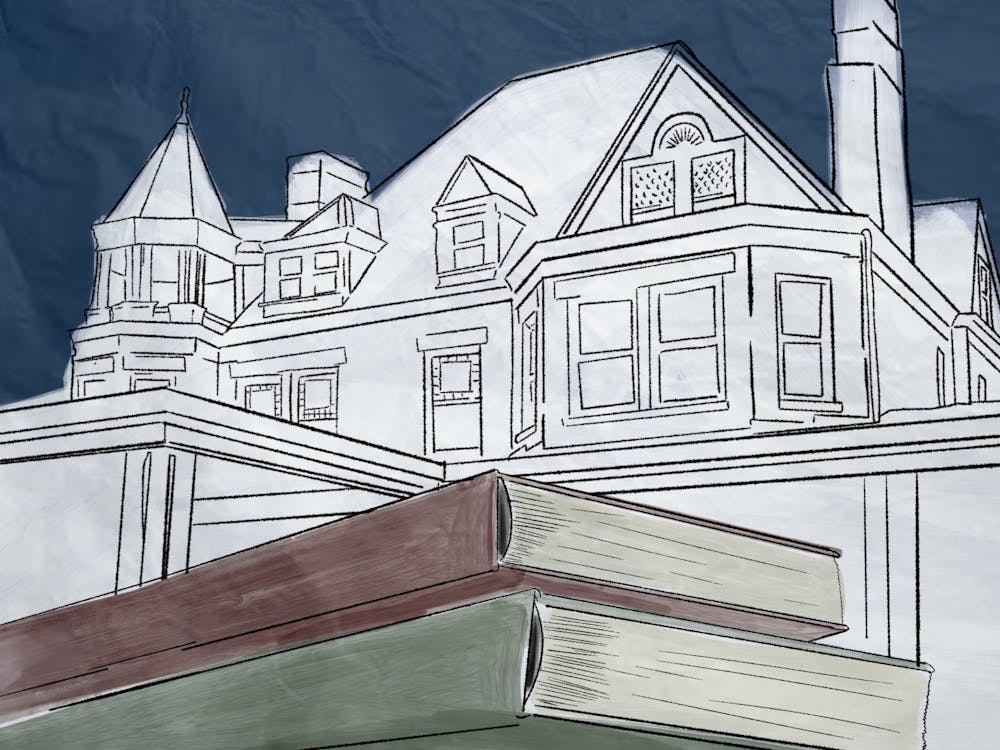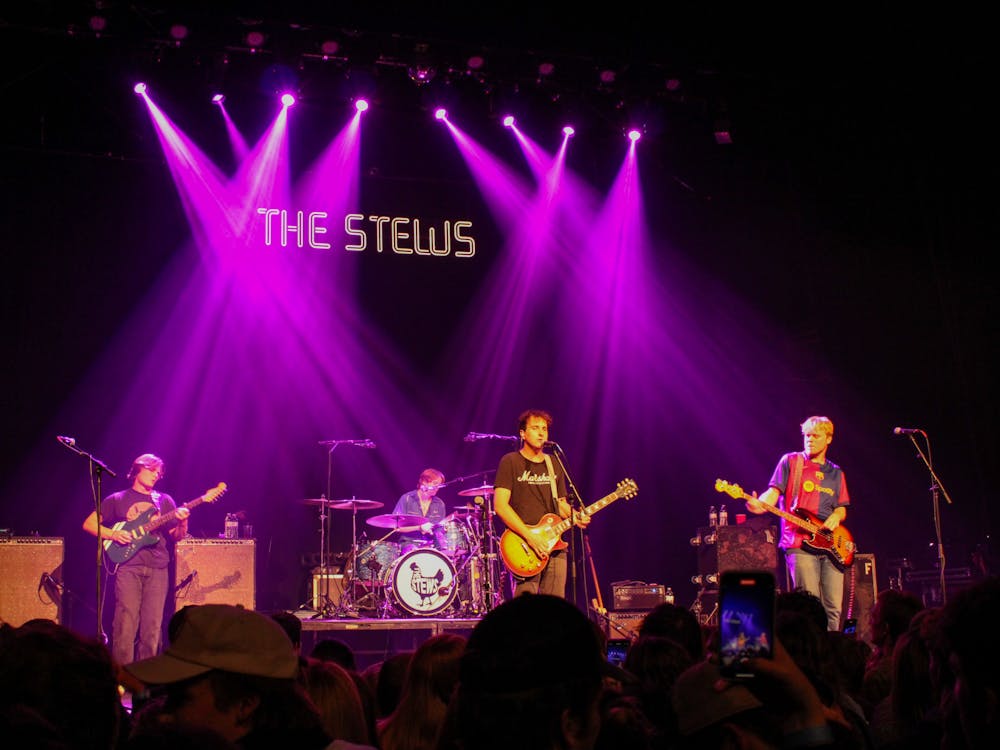“RuPaul’s Drag Race” is back for an 11th season, and the series shows no signs of slowing down anytime soon. The show has moved past breaking into the mainstream — it has infiltrated popular culture in many ways, from season three queen Shangela snagging a role in “A Star is Born” (2018) to Valentina from season nine playing Angel Dumont in the Fox television production “Rent: Live” in late January. The show is helping to launch superstars in the making, all the while entertaining the masses. In the season 11 premiere on Feb. 28, Mother Ru continues to give viewers a number of reasons to keep tuning in. Yet despite seasons filled with gag-worthy looks, lip sync battles and juicy drama, the show needs some tweaking to prevent itself from becoming predictable.
Season 11 is a true melting pot of queens. Out of the 15 queens on the current season, 11 of them are queens of color. Drag queens of color have a particularly challenging time finding work and dealing with upset fans after the show — from cyberbullying from fans of other queens to orchestrated drama on the show which paints them in a bad light when compared to their white counterparts — so it is especially important RuPaul uses her platform to showcase their talents. Outside of race, this season features the plus-sized queen, Silky Nutmeg Ganache, who happily plays up the fact of her being a bigger queen.
Representation on the new season is good, but it is not enough. A singular plus-sized queen every season barely counts as progress — it borders on tokenization. No amount of diverse casting matters if the show is not making a conscious effort to crown diverse queens — looking at you, “All Stars” season four.
Along with new queens, the season brings new celebrity judges. The celebrity guest judge for episode one was singer-songwriter Miley Cyrus. Cyrus brought clever commentary to the judges panel, and seeing the queens gawk and fawn was entertaining, but the use of celebrity guest judges is beginning to feel formulaic. Most of the celebrity judges do not bring anything to the table other than clever commentary. Their critiques are surface level, lacking the specificity and expertise of critiques from tenured judges like Michelle Visage and Carson Kressley.
The show as a whole is becoming routine, from the revealing of judges to first challenges. For the past three season premieres, the guest judges went undercover in drag to surprise the queens. Both season 8 and 11 featured maxi-challenges where current queens participated in a photoshoot with past queens. While one recognizes there are only so many challenges that the show can create, there is a fine line between variation and repetition.
The threat of burnout is a serious one to “RuPaul’s Drag Race.” There was only a six month gap between season 10 and season 4 of “All Stars.” The break between “All Stars” 4 and season 11 was less than two weeks, and the search for season 12 queens began before the 11th season aired. Such quick production of seasons might satiate the palettes of eager fans, but without changes to who judges, who plays and how they play, the show will soon run out of steam.
“RuPaul’s Drag Race” is a magical show. It has helped shine light on many issues those in the LGBTQ+ community face and brought many aspects of gay culture to the general population. The series has made gargantuan improvements since its premiere in 2009, but reached a point of stagnation the past few seasons. A break in production to revamp its format, judging process and search for a truly diverse group of queens would benefit the series.





